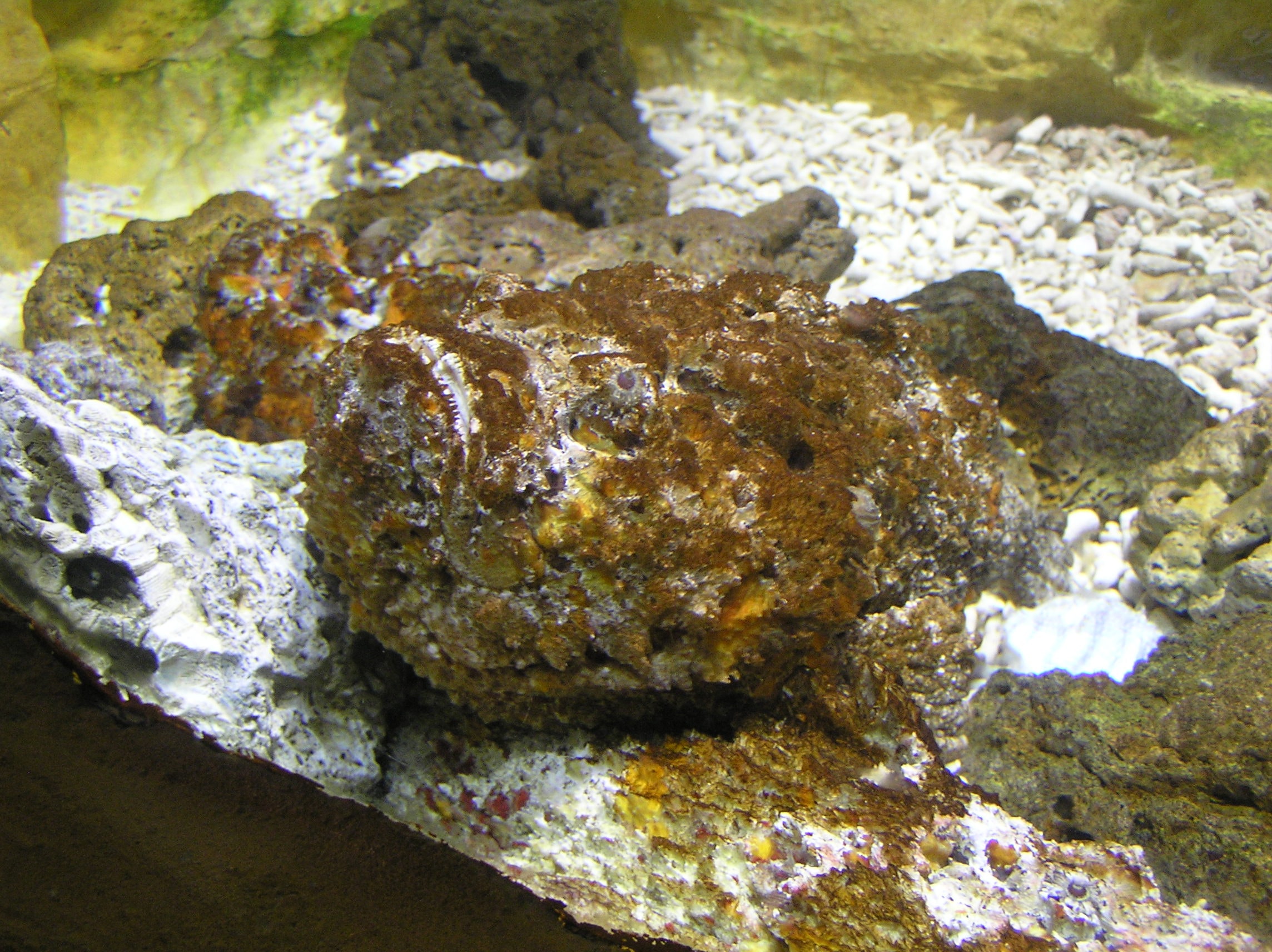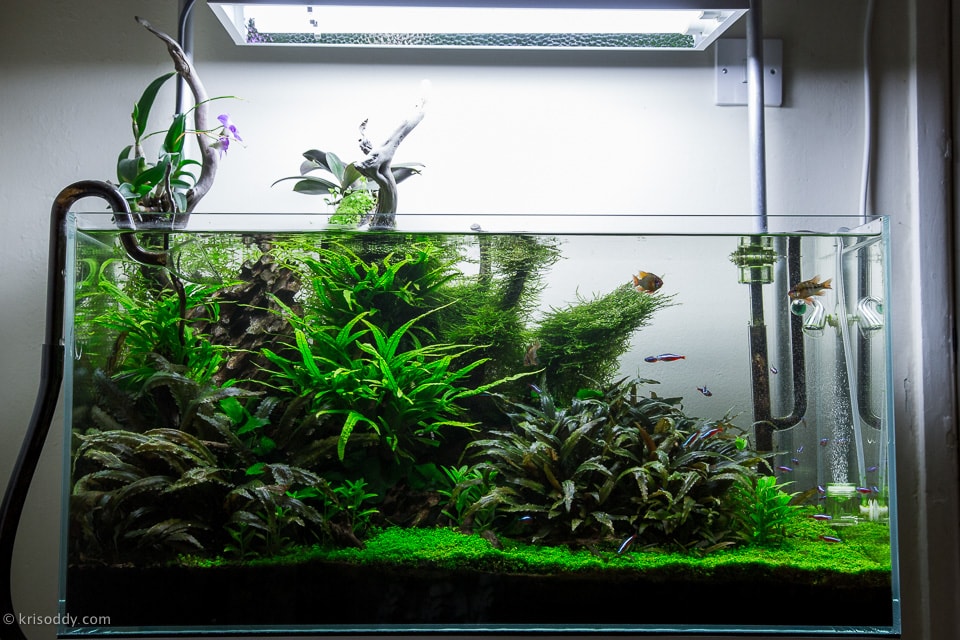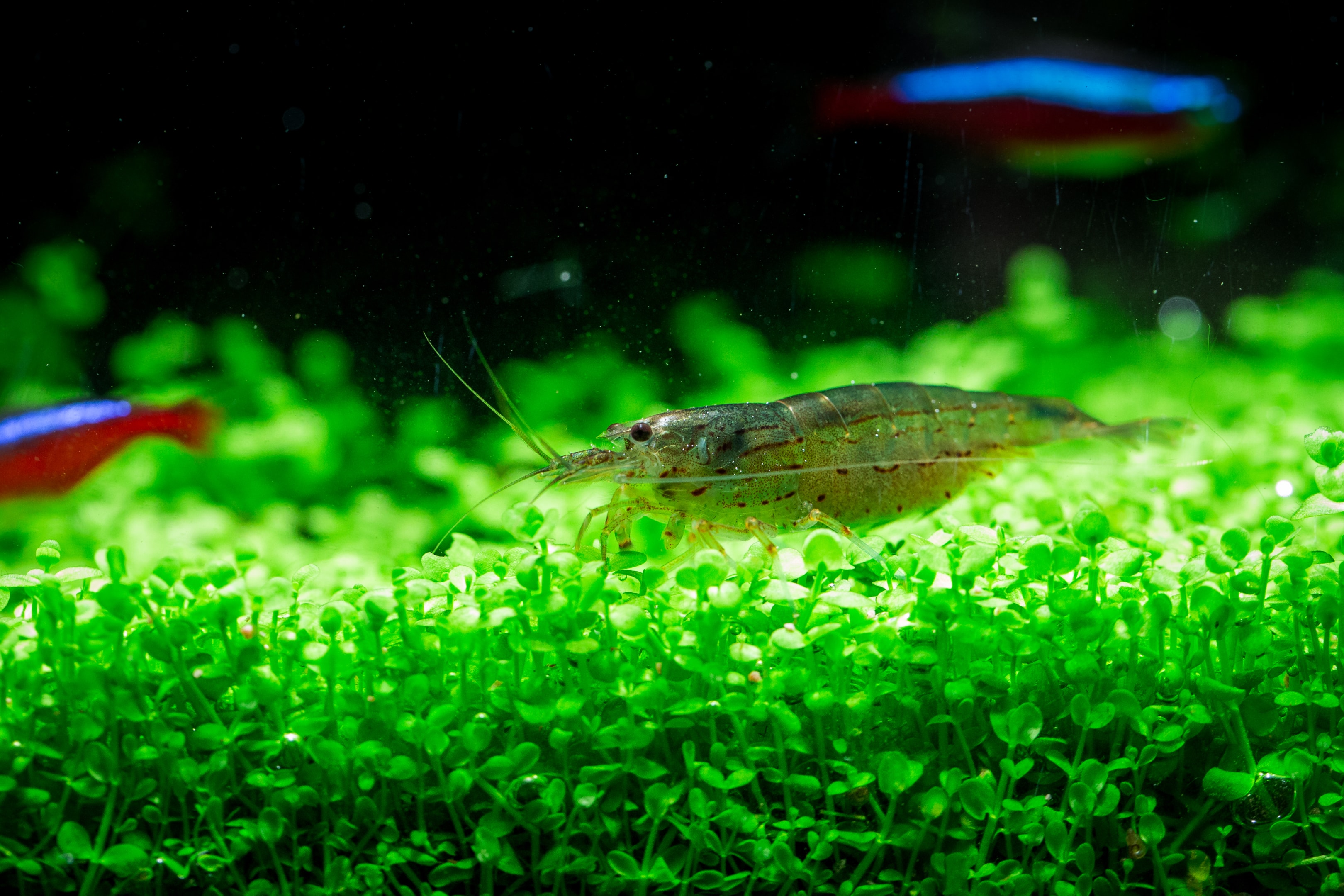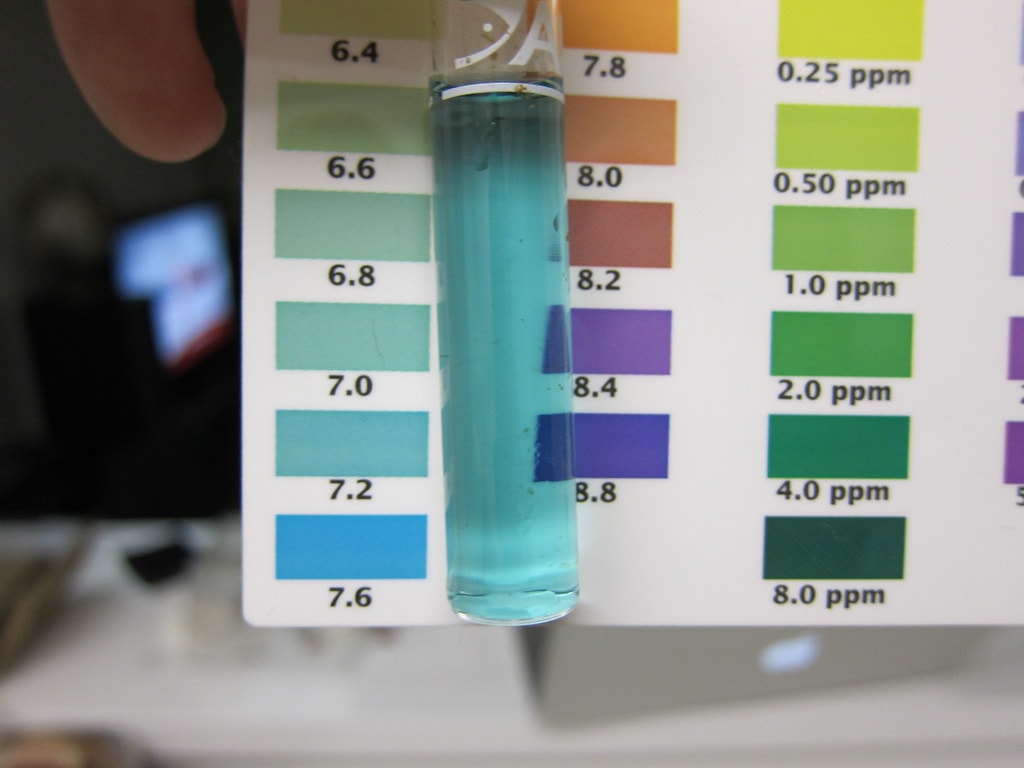How to remove brown algae in fish tank
Understanding Brown Algae in Fish Tanks
Brown algae in aquarium environments are a common issue faced by many aquarium owners. This algae typically appears as a brownish film covering the tank’s surfaces, including glass, rocks, decorations, and plants. While it may not pose a direct threat to your fish, it can be unsightly and indicate underlying issues in the tank’s ecosystem. Understanding the causes and how to deal with it effectively is crucial for maintaining a healthy aquarium.
The presence of brown algae in aquarium setups often points to issues with water quality, lighting, or the tank’s overall balance. In this article, we’ll guide you through the best methods of dealing with brown algae, from identification to removal, and provide strategies for long-term prevention.

What Causes Brown Algae in a Fish Tank?
One of the main factors contributing to how to remove brown algae from aquarium is poor water quality. High levels of nitrates, phosphates, and organic waste can fuel algae growth. Excess nutrients in the water encourage brown algae to thrive, as it feeds on these compounds. Additionally, inadequate filtration or poor maintenance can cause an accumulation of these nutrients, creating a perfect breeding ground for brown algae.
Another cause for brown algae is lighting. Too much light or improper light cycles can lead to algae blooms. If your tank is exposed to excessive light, it can promote rapid algae growth. Understanding how to get rid of brown algae in fish tank requires addressing these environmental factors by improving filtration and adjusting lighting conditions.
How to Identify Brown Algae in Your Tank
Brown algae typically presents itself as a slimy, brownish coating on surfaces throughout your aquarium. It can appear on plants, decorations, and even the tank glass. This algae often appears more prominently in newly established aquariums, as the biological filtration system is still developing. While not necessarily harmful to your fish, it can block light from reaching your plants and give the aquarium a dull, dirty appearance.
If you notice that fish tank brown algae is rapidly increasing, it could be a sign of imbalanced water chemistry or excess nutrients in your tank. Identifying brown algae early on allows you to take action before it becomes a significant problem. Regular cleaning and monitoring of water quality are essential for controlling its spread.
Effective Methods for Removing Brown Algae from Your Aquarium
If you're wondering how to remove brown algae from aquarium, there are several methods that can help eliminate it. Manual removal, including scrubbing the surfaces where the algae have accumulated, is often the first step. Use a soft brush or algae scraper to gently remove the algae from rocks, decorations, and glass without harming your tank’s surfaces.
In addition to manual removal, you may need to adjust your aquarium’s conditions to prevent future outbreaks. Implementing a regular cleaning schedule and adjusting the lighting and filtration can help eliminate the root causes of brown algae and keep your aquarium clear. With the right approach, you can effectively combat brown algae and keep your tank looking healthy and clean.

Using Algae-Eating Creatures to Control Brown Algae
One of the most effective natural methods to combat brown algae in your aquarium is by introducing algae-eating creatures. Many species of fish and invertebrates are known for their ability to eat brown algae, helping to keep it under control. Amano shrimp and snails like nerite snails are particularly adept at consuming brown algae, reducing its growth significantly. These creatures work tirelessly, consuming algae off surfaces like glass, plants, and decorations.
In addition to Amano shrimp and nerite snails, certain fish species can also help reduce brown algae. Algae-eating fish such as otocinclus catfish and plecos can efficiently clean your tank by grazing on the algae that accumulate in the tank. By adding these algae-eating creatures to your aquarium, you will introduce natural ways of maintaining your tank and reduce the need for chemicals or manual scrubbing. The introduction of these organisms not only helps with algae control but also contributes to the overall health of your aquarium, as they help keep the water clean by eating uneaten food and organic waste.

The Role of Water Quality and Nutrients in Controlling Brown Algae
Maintaining good water quality is crucial in preventing and controlling brown algae growth. Over time, excess nutrients from uneaten food, decaying plants, or poor filtration can accumulate in the water column, providing the ideal conditions for brown algae to thrive. This is especially common in new tanks, where the biological filter hasn't fully matured yet. Diatoms are often the first type of algae to bloom in these conditions, as they thrive in nutrient-rich water and low light.
To combat this, performing regular water changes and ensuring proper filtration is vital. If you're using tap water in your aquarium, consider testing its quality, as high levels of nutrients and chemicals can fuel algae growth. It’s also important to monitor the levels of beneficial bacteria in your tank, as they help break down organic waste and stabilise the ecosystem. If you notice a high level of diatoms, it's a sign that your tank may need better nutrient management and more frequent water changes. By adjusting these factors, you can significantly reduce the risk of algae outbreaks.

Diatoms and Their Connection to Brown Algae Growth
Diatoms are microscopic organisms that play a major role in the formation of brown algae in fish tanks. These organisms thrive in new tanks, where beneficial bacteria have not yet fully developed. Since diatoms can survive in low-light conditions and utilize excess nutrients like silicates, phosphates, and nitrates, they often appear as the first type of algae in an aquarium. Their brownish film-like appearance is a clear indication of their presence.
To reduce diatoms, maintaining proper water quality is essential. Regular water changes help remove excess nutrients, preventing diatoms from spreading. Additionally, ensuring a balanced ecosystem with beneficial bacteriaand live plantscan help reduce the likelihood of diatoms forming. If diatoms persist, introducing algae-eating creatures such as nerite snails can help keep their population in check naturally.
The Role of Plants in Preventing Brown Algae
Live plants play a significant role in keeping brown algae under control by competing with diatoms for available nutrients. Healthy, fast-growing plants absorb excess nitrates and phosphates, reducing the resources available for brown algae to thrive. This makes planted tanks less susceptible to diatoms, as the natural balance of plants and beneficial bacteria helps maintain stable water quality.
Choosing the right plants can enhance the overall health of your aquarium. Species such as java fern, anubias, and hornwort are known for their ability to absorb excess nutrients and provide additional oxygen to the tank. Additionally, plants offer shelter for fish and shrimp, creating a more natural and balanced habitat. Ensuring proper lighting and fertilisation for your plants will not only promote their growth but also help prevent unwanted diatoms from taking over your tank.

The Importance of a Clean Substrate in Brown Algae Prevention
A dirty substrate can contribute to brown algae growth by trapping uneaten food, fish waste, and organic debris. Over time, this buildup releases nutrients into the water column, fueling the growth of diatoms. In tanks with fine sand or densely packed gravel, waste can become trapped, leading to poor water quality and an increased risk of brown algae outbreaks. Regular vacuuming of the substrate is essential to prevent these conditions.
Using the right type of substrate can also help reduce brown algae. Some aquarium keepers opt for nutrient-rich soil that supports plants, which naturally outcompete diatoms for nutrients. Additionally, adding shrimp species like Amano shrimp can help remove debris and excess food that accumulates in the substrate. Keeping your tank clean and free from excess organic material will significantly reduce the likelihood of persistent brown algae growth.
How CO2 Injection Helps Control Brown Algae
CO2 plays a crucial role in maintaining a healthy planted aquarium and can indirectly prevent brown algae outbreaks. A well-balanced CO2 system promotes strong plant growth, allowing plants to outcompete diatoms for essential nutrients. When plants thrive, they absorb excess nitrates and phosphates, reducing the availability of nutrients that diatoms rely on.
Additionally, proper CO2 levels encourage the growth of beneficial bacteria, which contribute to overall water quality and stability. A stable CO2 supply ensures that plants can efficiently photosynthesise, releasing oxygen into the tank and creating an environment that is less favourable for diatoms. If you're experiencing persistent brown algae, improving your CO2 injection system might help restore balance to your aquarium.
Conclusion
Managing brown algae in a fish tank requires a combination of proper maintenance, good water quality, and natural solutions like algae-eating creatures and live plants. Regular water changes, cleaning the substrate, and ensuring balanced nutrients will help prevent diatoms from taking over your tank. Additionally, maintaining stable CO2 levels can promote healthy plant growth, making it harder for brown algae to thrive.
By implementing these strategies, you can keep your aquarium clean and visually appealing while providing a healthy environment for your fish and other tank inhabitants. Whether through natural algae control, improved filtration, or optimised lighting, preventing brown algae is achievable with consistency and proper care.
Any questions? Our Support Team is always ready to answer them! Contact us directly via support@co2art.us!




